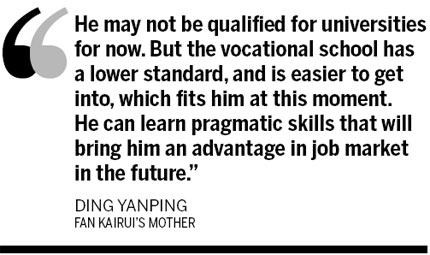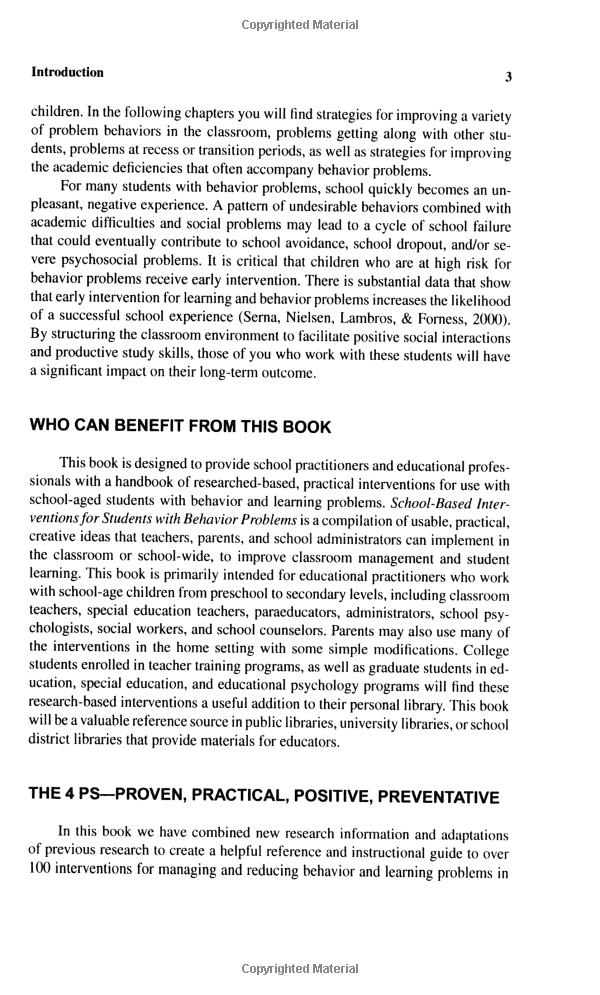Understanding Who Owns Student Loan Debt: A Deep Dive into the Stakeholders and Their Impact
#### Who Owns Student Loan DebtStudent loan debt is a significant financial burden for millions of Americans, and understanding who owns this debt is crucia……
#### Who Owns Student Loan Debt
Student loan debt is a significant financial burden for millions of Americans, and understanding who owns this debt is crucial for borrowers and policymakers alike. In this article, we will explore the various entities that hold student loan debt, the implications of this ownership, and how it affects borrowers' repayment options and financial futures.
#### The Major Players in Student Loan Debt Ownership
When we talk about who owns student loan debt, it’s essential to consider the different types of lenders involved. Student loans can be divided into federal and private loans, each with distinct characteristics and owners.
1. **Federal Government**: A significant portion of student loan debt is owned by the federal government. Through programs like Direct Loans, the government provides loans to students directly. This ownership means that the government has a direct impact on interest rates, repayment plans, and forgiveness programs.

2. **Private Lenders**: In addition to federal loans, many students turn to private lenders for additional funding. These can include banks, credit unions, and other financial institutions. Private loans typically come with higher interest rates and fewer repayment options, making them a riskier choice for borrowers.
3. **Loan Servicers**: While they may not own the debt, loan servicers play a crucial role in managing student loans. They handle billing, payment processing, and customer service for borrowers. Understanding the role of servicers is vital, as they can significantly influence the borrower’s experience.
#### The Impact of Ownership on Borrowers
The ownership of student loan debt has significant implications for borrowers. For instance, federal loans often come with benefits such as income-driven repayment plans and loan forgiveness programs that are not available for private loans. This disparity means that borrowers with federal loans may have more flexibility and options when it comes to repayment.

Moreover, the ownership structure can affect the overall economy. With the federal government holding a large portion of student loans, changes in policy can directly impact borrowers. For instance, discussions around student loan forgiveness have gained traction, highlighting the government's role in alleviating the burden of student debt.
#### Challenges Faced by Borrowers
Understanding who owns student loan debt also involves recognizing the challenges borrowers face. Many students graduate with significant debt, which can hinder their ability to buy homes, save for retirement, or invest in their futures. The burden of student loan debt can also lead to mental health issues, as borrowers struggle to manage their financial obligations.
In addition, the complexity of loan ownership can create confusion for borrowers. Many are unaware of who their loan servicer is or the specific terms of their loans, leading to missed payments and increased debt due to accrued interest.

#### Conclusion
In conclusion, understanding who owns student loan debt is essential for anyone navigating the complexities of student loans. The ownership landscape is diverse, with federal and private lenders playing significant roles. Each type of ownership comes with its own set of challenges and benefits for borrowers. As discussions around student loan reform continue, it’s crucial for borrowers to stay informed about their loans and the entities that own them. By doing so, they can make better financial decisions and advocate for changes that could alleviate the burden of student loan debt.